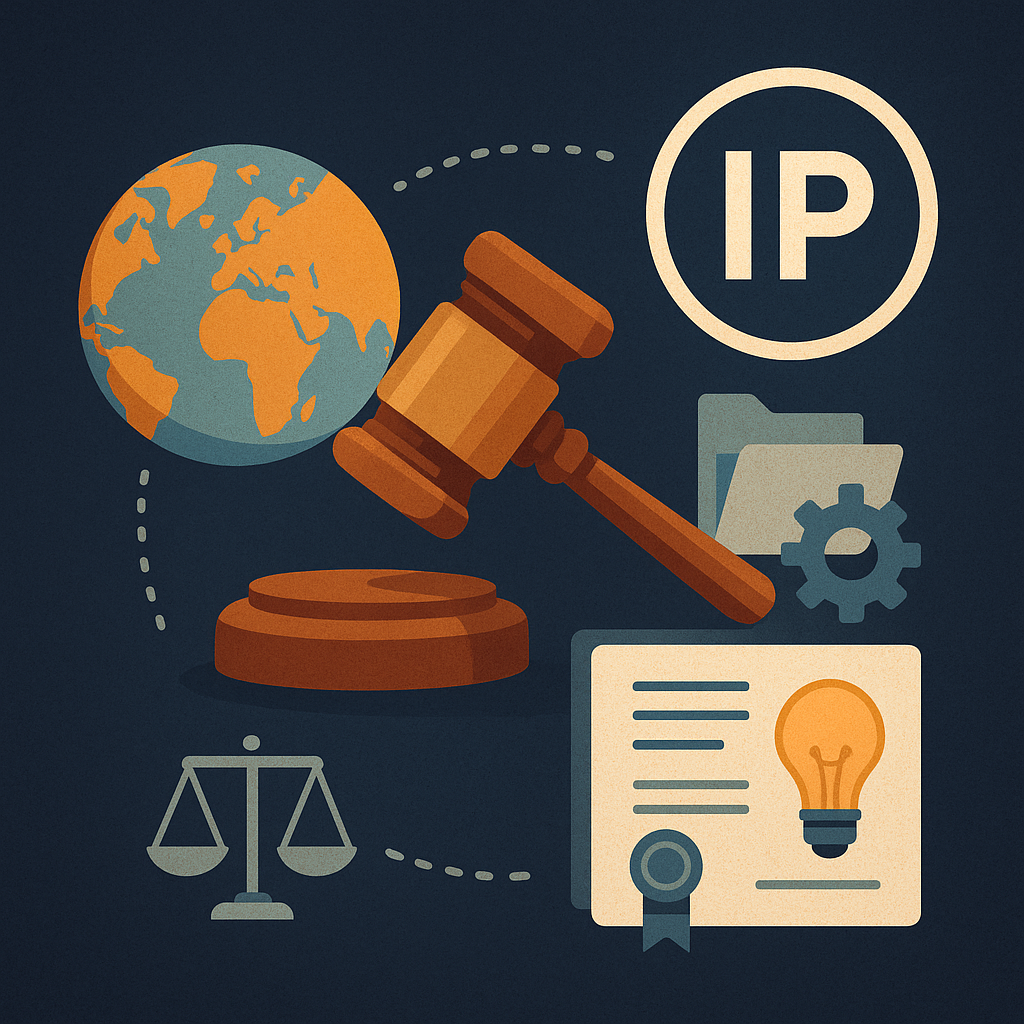Apple Faces EU Fine and New App Store Fee Structure: Implications for Global Platform Regulation Apple Inc. continues to face a wave of regulatory challenges worldwide, highlighting the growing friction between dominant digital platforms and evolving competition law frameworks. Just months after setbacks in U.S. and U.K. patent cases, Apple is now appealing a €500 […]
The “Secret Formula” for Choosing a Brand Name
| Posted in BlogHow to Choose a Brand Name One of the most important decisions an entrepreneur can make is choosing a brand name. Some of the world’s most iconic brands not only have catchy names but also names with compelling stories behind them. These stories often reveal a glimpse of the company’s history—even if the name itself […]

Double Trouble – Apple’s Recent IP Legal Setbacks Highlight Key Lessons in Global IP Strategy
| Posted in BlogApple’s Global IP Setbacks: Lessons from Recent U.S. and UK Rulings Apple Inc. continues to lead in global innovation. However, even the most sophisticated technology companies are not immune to complex legal challenges. Recently, Apple faced two significant intellectual property (IP) setbacks—one in the United States and one in the United Kingdom. Apple’s IP setbacks […]
Lynn’s Picks: Foresight’s Patent of the Week – US Granted Patent 11,861,255: Wearable Device for Facilitating Enhanced Interaction (Apple Inc.)
| Posted in Blog | No commentDisclaimer: This blog was created for informational purposes only and does not represent Foresight’s or the author’s opinion regarding the validity, quality or enforceability of any particular patent covered in this blog. Foresight is not a law firm and no portion of the information contained in this blog was intended to serve as legal […]

